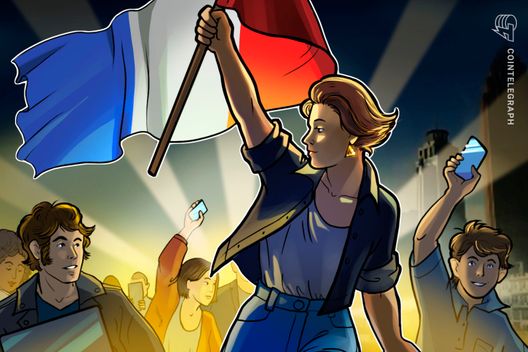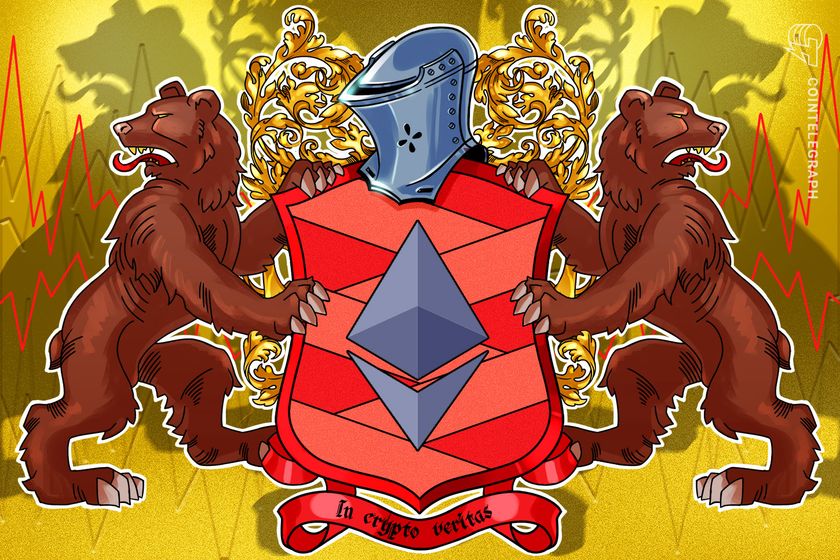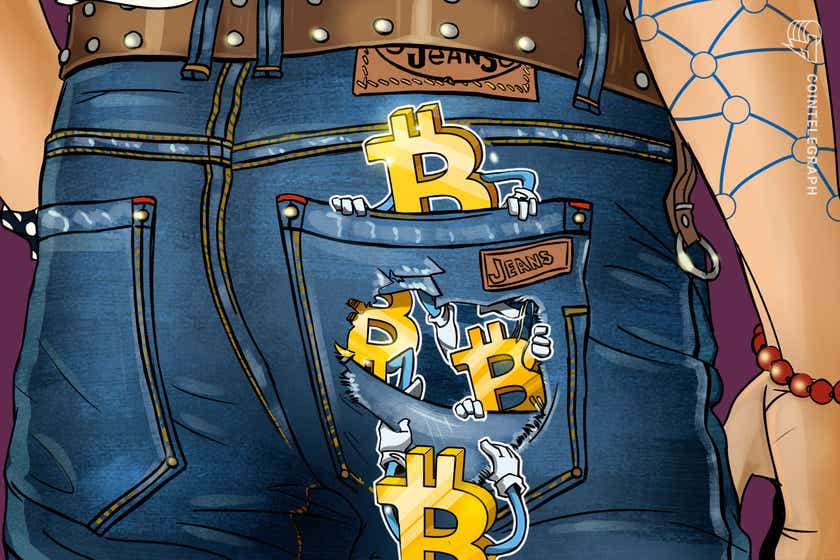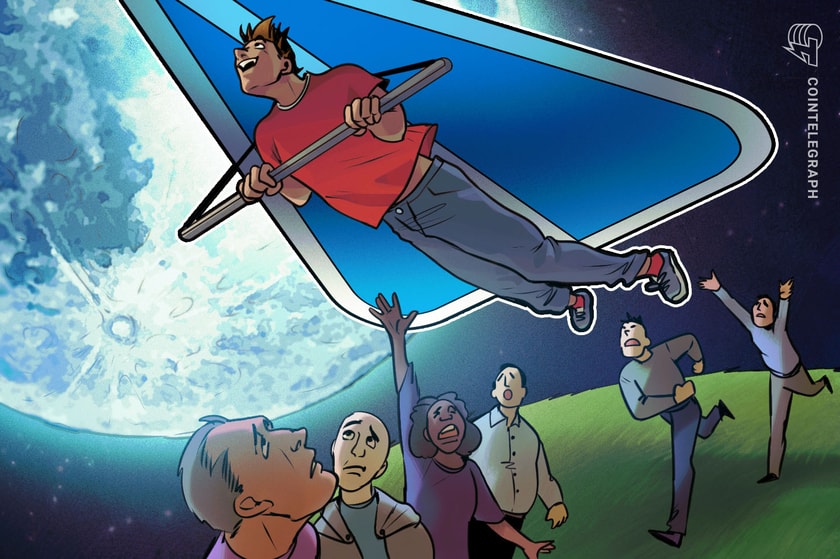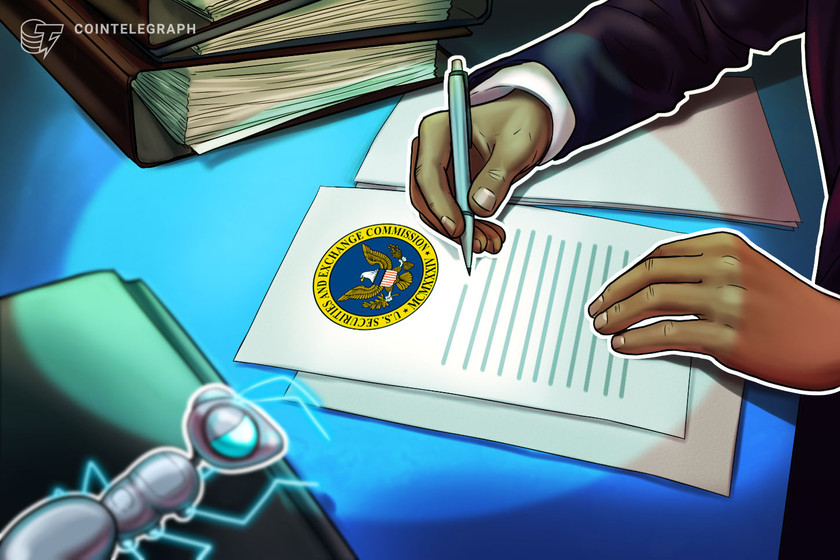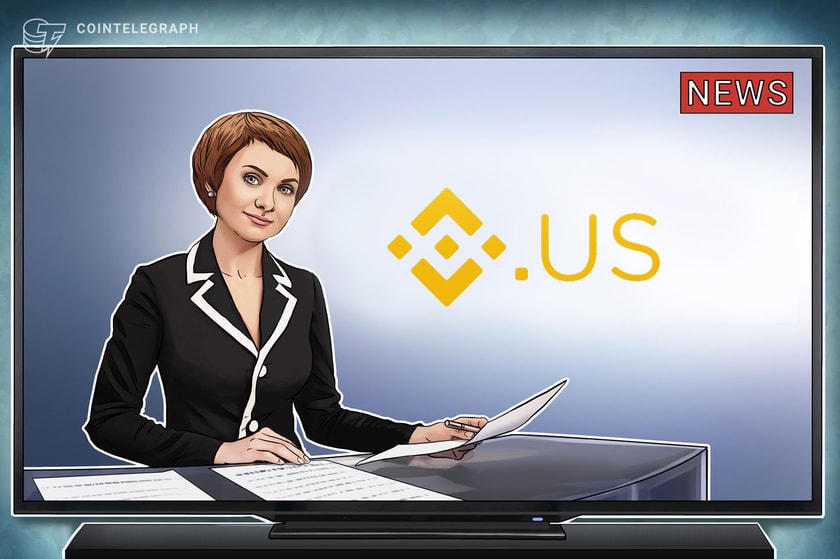DAO is the major concept for 2022 that will disrupt many industries
The blockchain and cryptocurrency rave is not ending anytime soon. And as more people are being introduced to revolutionary technologies in the digital space, new improvements upon these technologies are also being introduced. In the last couple of years, the DeFi and NFT industries have experienced immense levels of growth and, currently, metaverses and Web3 are the technologies making the digital space light up.
It is not yet clear where these disruptive technologies will lead us, but we are sure that there will be much value up for grabs. At the convergence of Web3 and NFTs lie many platforms looking to leverage technology and infrastructure to make the NFT ecosystem more decentralized, structured and community-driven.
Using both social building and governance, the decentralized autonomous organization disruption is a notch higher. The DAO is one major invention that is challenging current systems of governance. Utilizing NFTs, DAOs are changing our perspective of how organizations and systems should be run, and they put further credence to the idea that the optimal form of governance does not have to do with hierarchical structures.

With the principal-agent problem limiting the growth of organizations and preventing agents from feeling like part of a team, you can see why the need for decentralized organizations fostering community-inclusion is paramount.
Is there something you would change about your current organization if given the chance? Leadership? Structure? Payment system? What if your current organization could help you feel like a more valid part of the team by reducing the disparity between the principals and staff? Or, better put: What if you get to be a part of your organization’s governance? Sound interesting? This is what we’ll be discussing here.
Understanding DAOs
From its name alone, you can probably get an idea of what a decentralized autonomous organization is. A DAO is an organization that is focused on a specific mission, and its members work in coordination according to a shared set of rules encoded on a blockchain. The major purpose of the decentralized autonomous organization is to help eradicate a significant problem in many conventional organizations — the principal-agent problem.

As the popular English phrase goes, two’s company; three’s a crowd. Organizations need a more hands on deck. But with each new person joining the team, there is bound to be some divergence of interest, priorities and goals. This often results in parties making some selfish choices. DAOs avoid this problem by existing as a trustless system, removing the need for centralized leadership.
Related: DAOs are meant to be completely autonomous and decentralized, but are they?
There are a few criteria that a company must meet before it can be considered a decentralized autonomous organization. The governing rules and policies need to be set up as a smart contract on a blockchain — this helps to remove the need for a central authority, and it also prevents any party from making decisions that are different from the organization’s initial goal. The treasury of the organization must be accessible only with the consent of the whole group, or at least a predefined percentage.
A brief history of DAOs
The earliest application of DAOs did not go well simply because stakeholders did not put a standard precautionary measure in place. Created in early 2016, the first DAO was called, simply, The DAO. It was an open-source framework focused on venture capitalism. It became an instant success, raking in over $250 million worth of Ether (ETH) — note that ETH was priced at around $20 at this time.
This huge success did not last long, as a bug exploitation attack left The DAO reeling from a loss of roughly 3.6 million ETH in mid-2016. It didn’t recover. Since then, several attempts have been made to run a successful DAO, and many more are being created at this very moment. (The Faith Tribe, discussed later in this article, is one of the closest to full decentralization.) The success of a DAO lies in the strength of its smart contract. And, as an investor, you should spend time looking through the smart contract’s open-source code to check for any red flags or abnormalities.
Related: The evolution of DAOs and why they are expected to take hold in 2022
How does a DAO work?
Any DAO is premised on three major things:
- The smart contracts involved.
- The set of rules known to all members.
- A token that can be spent within the system for rewards.
The smart contract holds the rules and nitty-gritty of the DAO, ranging from a roster of its members, the amount invested, who the majority stakeholders are, the workflow, and the reward mechanism. The other two aspects depend on this important facet, as a faulty smart contract puts the project at risk. Any upgrade would also need votes from all its members, so it is important to get it right from the start.
Encoded in the smart contract is a token. The token is useful in allocating rights and incentives to the organization members. The DAO involves everyone in its mission, but members have different levels of benefits based on different input values.
Notable advantages of using a DAO:
- The autonomous structure of DAOs makes them open to transparency. The concept of decentralization has fostered the idea of trust and, with DAOs, you don’t need to be worried about the people behind the organization and whether or not there’s an ulterior motive. The template everyone is judged by is the smart contract, and every transaction is immutably recorded on the blockchain.
- There is no long, arduous process required to accept innovations with no central authority. With DAOs, innovations do not need to pass through different hierarchies before they get to those with the authority to make decisions. Anyone can make a suggestion, and the fact that these suggestions come at a fee encourages more well-researched and thought-out ideas, not just random, vague ones.
- DAOs solve the principal-agent problem. There is no power play as members see themselves as equally responsible for the organization’s progress. Everyone is responsible for the organization’s direction, and if there is to be a change in the trajectory, it has to come with the consent of everyone on board.
Disadvantages of using a DAO:
- The major disadvantage of the DAO is that it needs everyone to be involved. (Wait! I know you’re thinking: “Isn’t that supposed to be an advantage?”) Yes, there are times when the codes written for the smart contracts are buggy and have loopholes, and getting the whole organization to agree on how to rectify those issues becomes a time-consuming process. Knowing that hackers can operate more effectively given ample time, this can cause huge problems.
- The legal terrain for DAOs is still subject to the regulatory frameworks of different nations. Since the DAO itself is not bound by borders, it comes with a high possibility of facing multiple lawsuits from different cities/countries. This is a hurdle that has not yet been surmounted.

Examples of and use cases of DAOs
Faith Tribe
Faith Tribe is an open-source design platform specially made to give fashion creatives a say both in the metaverse and physical world. It is the first fully decentralized platform for fashion creatives, and it is community-owned.
The general idea of NFTs relates to arts, so Faith Tribe is looking to change the fashion design narrative by contributing to the growth of Web3 while also building an economically viable ecosystem.
The global market for fashion apparel is roughly $3 trillion, and 15% of this is unbranded. With Millenials and Gen Z showing unflinching interest in fashion, Faith Tribe is looking to leverage their engagement with the metaverse in bringing more brands into the limelight without the help of an intermediary.
Gains Associates
Another great example of a DAO use case is Gains Associates. Gains Associates is a decentralized investment fund that utilizes a DAO in order to make investment in cryptocurrencies and projects in the blockchain space accessible to anyone — and in a transparent way. The organization does this by sharing news, insights and opinions with a like-minded community whose main goal is to develop a solid aptitude and knowledge with regard to investing in the industry.
Paragen
A fantastic example of a DAO being used as a project launchpads is Paragen. This is an organization that focuses on helping projects through the preparatory stages before they launch. From marketing to strategy, to in-depth technical development, Paragen offers comprehensive advisory support throughout a project’s cycle.
Paragen also incubates projects by searching for talent. Upon the discovery of this talent, Paragen then works with the talent in an advisory capacity as an incubator. Finally, Paragen helps with the launching of projects. Through the DAO’s rigorous screening process and sophisticated research papers, the community members have a portal to where they can access safe and secure projects in a single hub.
Tangible
Tangible is an interesting example of the types of problems that can be solved using the DAO model. Tangible custodies real world assets like fine wine, gold and real estate and mints NFTs that represent the physical asset. These NFTs will be tradable on their marketplace, which is set to launch in the near future. This enables deep instant liquidity for assets that have traditionally been cumbersome to trade.
Gaming and DAOs
In 2021, blockchain gaming took the world by surprise with a high rate of adoption and acceptance. It’s great just being able to play a game and earn value from it on the blockchain, but playing a game that utilizes the benefits of a DAO for its community is even better.
One such platform to offer these games is Nest Arcade. Nest Arcade is a play-to-earn arcade application on the blockchain. The project’s goal is to massively accelerate the adoption of blockchain technology through the help of a simple application that offers a variety of games its community members can select from and play. Think of this as a Netflix application, but for mini-to-medium scale games.
Related: The Metaverse, play-to-earn and the new economic model of gaming
Using Nest Arcade, players will be able to own their in-game characters through the use of NFTs and playing with them in a variety of play-to-earn games. Players will earn rewards from playing on the Nest Arcade platform via Nest’s own SPL token ($NEST), which is the project’s currency, as well as via Solana (the blockchain it is built on).
Even though the growth of DAOs has been overshadowed by NFTs and various play-to-earn models, they have been growing significantly in relative silence, and many of them have seen sizable venture capitalist involvement. Gaming DAOs are a major part of the DAO ecosystem that have received heavy investment from VC funds.
Despite their substantial funding, it is difficult to see how they will fare against less decentralized virtual world games, such as Roblox.
Why DAOs are the future
The stereotypical traditional organization has seen more flaws than imagined, and the COVID-19 pandemic has left us with many workers who are not willing to return to their former jobs because they feel used and without a say. It’s unclear if the traditional systems will change or how soon they will, but DAOs have shown a clear path to better working conditions and staff management.
The two unique models for DAOs are the token-based membership and the share-based membership, and both of them have team-centric motives — not a sign of superiority complex.
Because of these reasons and many more, the concept of bringing decentralization into private and public governance has been birthed.
The decentralized autonomous organizations have been used in projects like Dash, Digix, and even BitShares. We have even seen torrents operate similar models and look to integrate blockchain inclusiveness into their future upgrades.
As Vitalik Buterin, co-founder of Ethereum, cited, most companies are likely to buy into the DAO system as it helps to reduce operational costs and improve the bottom line of these companies’ finances.
This article does not contain investment advice or recommendations. Every investment and trading move involves risk, and readers should conduct their own research when making a decision.
The views, thoughts and opinions expressed here are the author’s alone and do not necessarily reflect or represent the views and opinions of Cointelegraph.
Evan Luthra is a tech entrepreneur and blockchain expert holding an honorary Ph.D. in decentralized and distributed systems. Evan has been featured in Influencive’s “The Top 30 Entrepreneurs Under 30 Creating Life On Their Own Terms.” His companies, StartupStudio and Iyoko, invest in and help build the companies of tomorrow. Evan is a featured speaker at various universities and conferences around the globe.


